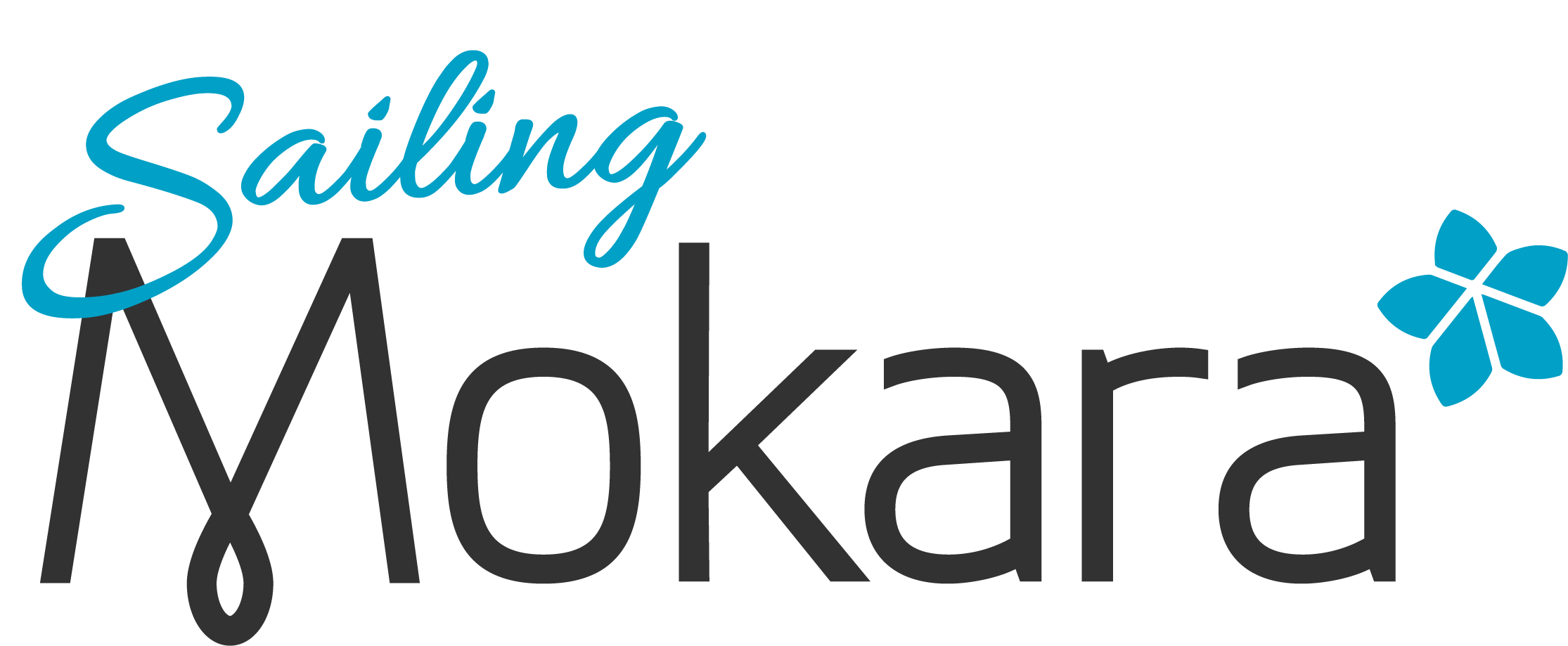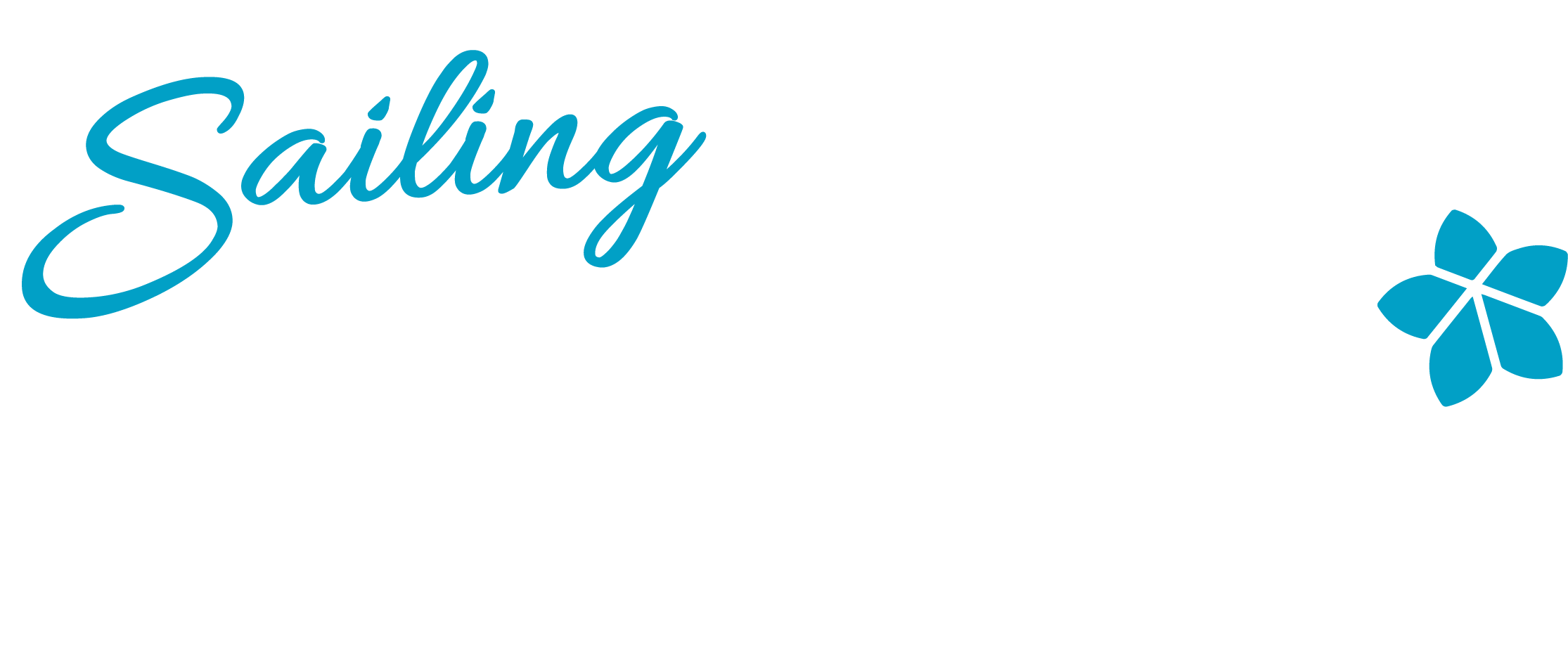
We feel there is so much to show of San Blas above and below the water that we could end up doing a few episodes of this incredible paradise.
It is interesting for so many reasons, from the unique tribe that inhabit this paradise to the incredible coral. What is really amazing though is that this paradise is in the Caribbean and most people have never heard of it. It feels like you are in French Polynesia and is vastly different to the main Caribbean islands. We love it!
So how do you get here? Well, by yacht is one option, the other is to book a 4-wheel drive transfer from Panama City and drive through the jungle for 2 hours to Carti. From there, take a boat transfer operated by the Kuna’s and you will be taken to your requested island.
So apart from incredible islands, the local tribe make this an interesting area to visit. 500 years ago, when the Spanish came to the Americas the Kuna were living in what is now Colombia. Due to conflict with the Spanish, and later with other indigenous groups, they moved into the Darien province and then to the coast, populating the islands for the first time in the 1800’s. For centuries the Kuna battled against colonists trying to enslave them or stamp out their culture. This battle was finally won after the Kuna revolution of 1925 when they attacked Panamanian military stationed in Guna Yala during the festivities of Carnaval. A Panamanian retaliation was stopped by US warships with representatives from all over the world. A treaty was made and Kuna were given full rights to live in peace under their own laws in the Comarca of Kuna Yala.
The name was officially changed from San Blas, as it was originally named by the Spanish, to Guna Yala in October 2011. Aside from the islands the Guna territory (comarca) stretches deep into the jungle where they grow fruit and vegetables. The Guna District of Yala has an area of 2.306 square kilometres. It consists of a narrow strip of land of 373-kilometre (232 mi) long on the east coast of Caribbean Panama, bordering the province of Darién and Colombia.
An archipelago of 365 islands is around the coast. So communal are the island-dwelling Kuna that they inhabit only 48 of the 365 cays; the rest are mostly left to coconut trees, sea turtles and iguanas.
The Kuna language is an aboriginal American language of the Chibchan family spoken by 50,000 to 70,000 people. Dulegaya is the primary language of daily life in the comarcas, and the majority of Kuna children speak the language. Although it is relatively viable, Kuna is considered an endangered language. Spanish is also widely used, especially in education and written documents.
The Kuna’s are famous for their bright molas, a colorful textile art form made with the techniques of appliqué and reverse appliqué. Mola panels are used to make the blouses of the Kuna women’s national dress, which is worn daily by many Kuna women. Mola means “clothing” in the Kuna language. The Kuna word for a mola blouse is Tulemola, (or “dulemola”)
In the Guna Yala, they have natural gender equality and complete tolerance of gender fluidity. Kuna women are the main food distributers, property owners and decision makers. Boys may choose to become ‘Omeggid’ and act and work like females in the community. This 3rd gender is completely normal on the islands.
A traditional Kuna wedding includes a ceremonial abduction of the groom, not the bride, and when a young man is married off, he moves into the bride’s home. From that point on, his work belongs to the woman’s family, and it’s the woman who decides whether her husband can share his fish, coconuts or plantains with his own parents or siblings.
We had a few encounters with the Kuna’s. One approached us in a wooden boat with an outboard engine and another in the traditional dugout canoe made from a tree trunk. They paddle for miles and will also sail when possible. The encounters were all about trading and for us, it was to give them a gift of food and water as a thank you for allowing us to visit their incredible paradise.
We want to tell you so much about this incredible place and at the same time we don’t, so as to protect it and stop it from changing…..
Comments are closed.


1 Comment(s)
So well written.now we want to know more about the Kuna people and their beautifull islands